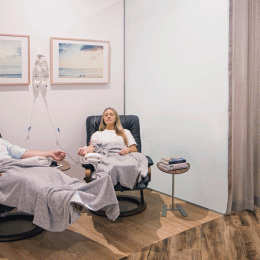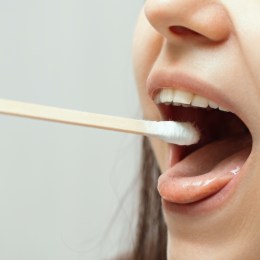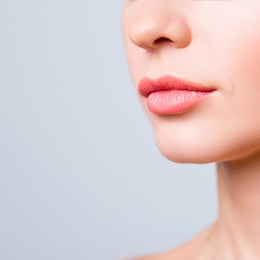The suture or thread facelift has been around for over a decade now, and seems to have divided Plastic Surgeons’ opinions. While some swear by the non-surgical procedure that promises similar results of a facelift minus the downtime, others say its side effects such as inflammation or unwanted scar tissue make the risk outweigh the benefits, which are only temporary anyway.
Now, a new systematic review of thread lifts for facial rejuvenation revealed that there is still little evidence in the medical literature to support their efficacy and durability. Dutch author and doctor Berend Van der Lei, MD, PhD, of the University Medical Center Groningen, The Netherlands, searched the PubMed database using the terms “facelift,” “facelifts,” “face lift,” “face lifts.” “platysmotomy,” “platysmotomies,” “rhytidectomy,” “rhytidectomies,” “platysmaplasty,” “and “platysmaplasties” in combination with terms “barbed suture,” “thread lift,” “APTOS,” “suture suspension,” “percutaneous” and “silhouette suture.”
His findings concluded that the majority of studies and papers published about the suture facelift procedure had unsatisfactory findings, especially when it came to durability of the lift. In fact, only two papers were written in favour of thread lifts, and they just so happened to be sponsored by thread lift suture manufacturers.
The official conclusion published in the Plastic and Reconstructive Surgery Journal reads as follows:
“The authors’ review demonstrated that, within the past decade, little or no substantial evidence has been added to the peer-reviewed literature to support or sustain the promising statement about thread-lift sutures as made by Villa et al. in 2006 in terms of efficacy or safety. All included literature in the authors’ review, except two studies, demonstrated at best a very limited durability of the lifting effect. The two positive studies were sponsored by the companies that manufacture the thread-lift sutures.”




